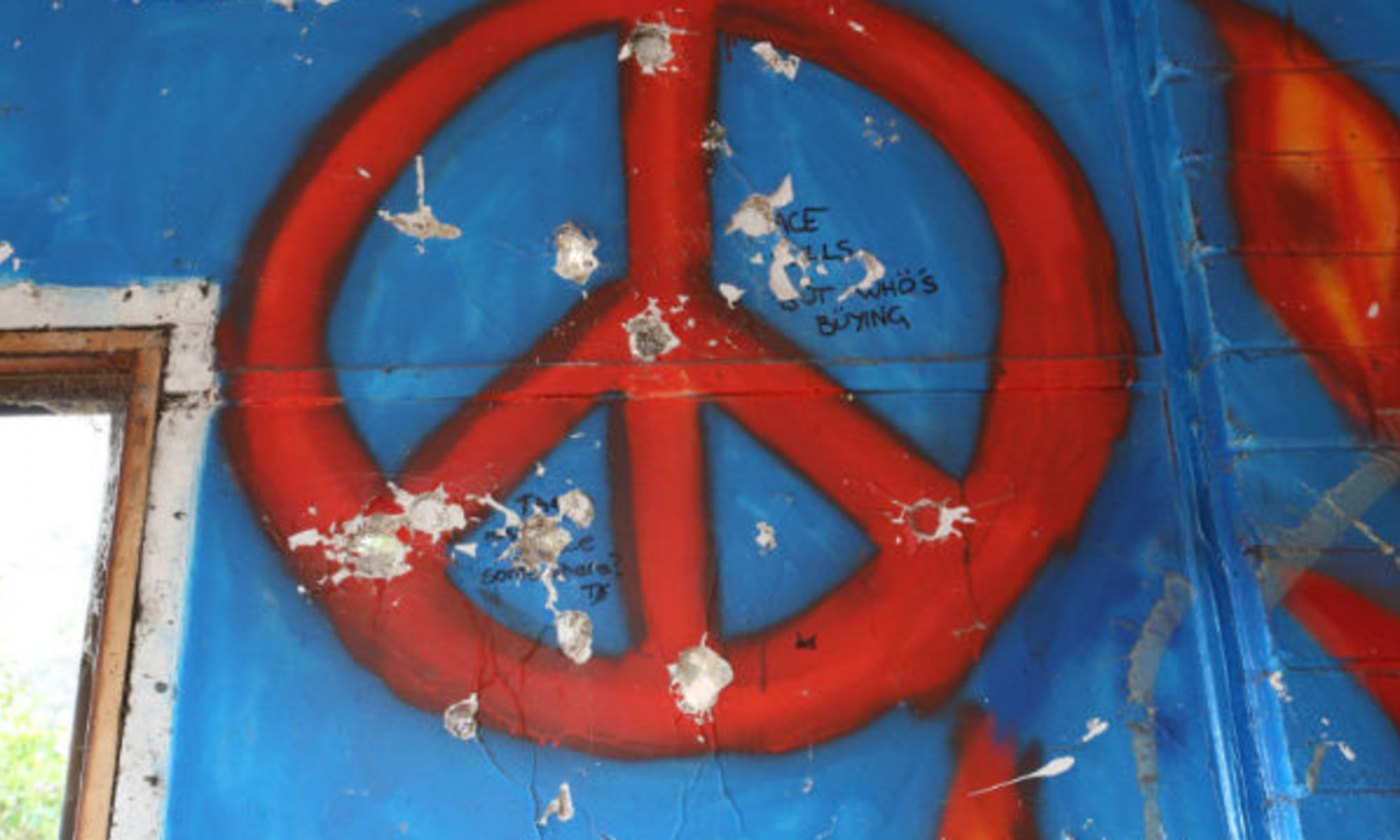By Zoe Jannuzi

On the first day of the program, we had a conversation and completed an activity about our values. We were asked to read a story and rate the characters from one to five based on the degree to which we thought their actions were reprehensible.
This exercise is always interesting to me. When I was little, I think I assumed that everybody held a shared definition of right and wrong. In elementary school, there were strict rules for conduct and clear consequences for breaking the rules. While I never blamed classmates for breaking the rules, and understood, at a basic level, that their identity and position in life had impacted their reason for breaking the rules, I think I believed that eventually my classmates would re-imagine our shared values and recognize the error in their action. Not until I was older, did I realize that though we were all sitting in the same classroom, and had all been presented with the same set of rules, each person at the school had slightly different values. Even within spaces, places, and cultures, it is impossible for everybody to share the same values.
The way we see right and wrong is shaped almost completely, if not entirely by the culture, family, and society we grew up in. Though in many places there are common threads of understanding, these threads cannot be extended to cross the entire world.
Throughout this program, many sessions have reminded me to consider the perspectives and values of the people speaking. Perhaps the clearest example of this could be seen in the session facilitated by Rosemary Soto. She was joined by a deputy district attorney and a deputy public defender, two women who agreed on many things, but, it seems to me, had different values and approaches. Learning about restorative justice, punitive justice, and reconciliation, I’ve begun to notice an overarching difference between those who work primarily on behalf of, or with those people who commit crimes, and those who primarily work on behalf of, or with those people who are targeted by crime.
Those who work primarily with people who have committed crimes tend to investigate the structures and systems that lead to that crime. “If only we could decrease the stigma around mental health, there would be less crime.” “If only we could decrease poverty, and increase access to quality education, there would be less crime.” “If only we could provide security and a sense of belonging, people would not join gangs, and there would be less crime.” These criticisms of a structure are crucial to peacebuilding. When you reach a structural level, any changes you implement will go beyond simply slapping a band-aid temporarily over the problem. And when you are constantly asked to empathize with a perpetrator of a crime, especially a violent crime, it’s often easy to see the systems and circumstances which played a role in leading the person to commit a crime.
Those who work primarily with people who have been the target of crime tend to focus on individuals and their unique needs. When working with individuals, one tends to (rightly) focus in on the unique needs of the individual and personalize their treatment, rather than using specific cases to fight larger battles with the systems. These people may not see larger systems, but they might be more able to understand the importance of details. For instance, the words “victim” and “survivor” mean different things to different people. “Justice” also looks very different to different people. These are the people who have begun to reform the way victims are treated by the system. These are the people who work tirelessly to ensure that “justice” is served.
Let it be said that the previous analysis is very general, is only based on two people (speaking together outside of the courtroom for the first time in their lives), and should not be seen to adequately describe perspectives in the whole of the criminal justice system. It is also not a reflection of the feelings (as I see them) of these women outside of their jobs. But I do believe the basic analysis of values and perspectives says something important about the way we should consume information and view our surroundings.
The more I learn, the more I think there is no best way to deal with violence. We must recognize that the needs of people matter on both large and small scales. Notably, we also need to realize that to build peace, we must work for justice and equity on both large and small scales. Jennifer and Elaine both work against the violence they see. Both believe that they are doing the best for the people they serve based on the problems they see.
Jennifer and Elaine demonstrated that working together is possible even when you are working on a substantial problem from two very different angles. But, this kind of collaboration is not always possible. It is our responsibility to make it easier for everybody to meet each other on an even playing field for collaboration.


